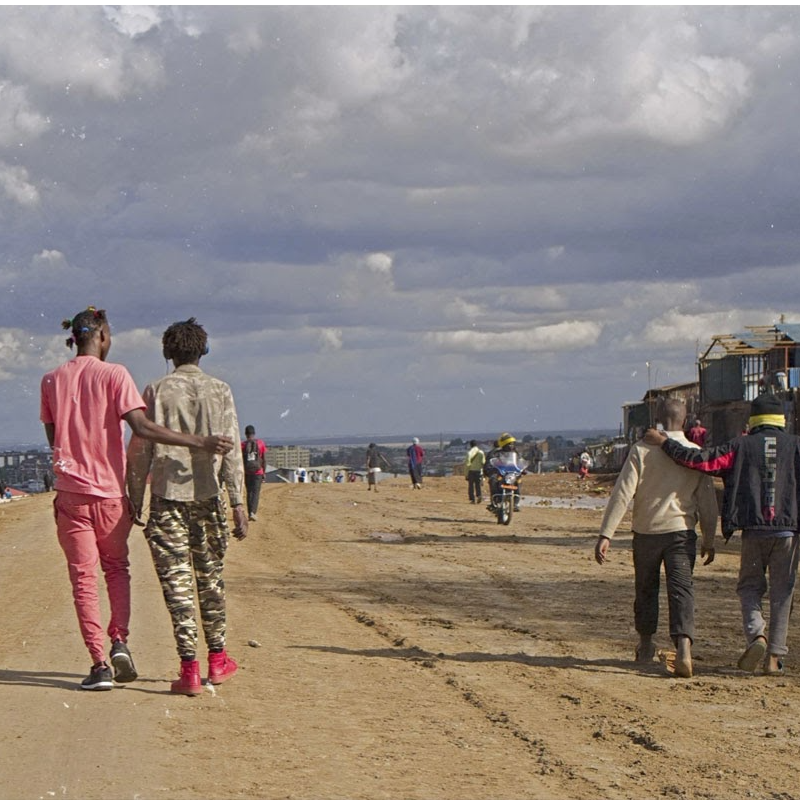Love With Skin on It: A Street Psalms Advent Devotional預覽


We’ve had a week to digest the Nativity Feast. The magic of Christmas finds its way into even the most resistant of souls because it comes so unobtrusively and with such openness, vulnerability, and without the slightest demand. Our souls leap almost involuntarily in the presence of the Incarnation. In it, we see our true selves mirrored in the true One who comes to greet us with complete delight.
This week in the story of our faith, we join Simeon in the temple. With Simeon, our souls leap for joy as we hold Jesus in our hands. To hold the One who holds us is the mystery of this day. It is no accident that Simeon is in the temple, which is the sacred center of his people. It is the place where God is worshipped, infusing life with new meaning, but it is also the place that represents all the ways we use God to sanctify our deceptions.
In holding salvation, Simeon rejoices and realizes he is now free to depart. When we find ourselves in the presence of God, life as we know it, with all our striving, is no longer necessary. While some of us strive by grasping for what we cannot obtain, others strive by withholding what we fear to lose. It is the same thing. In Christ, we are not only free to live, but also free to die. This is what Simeon teaches us.
Persuaded by unbounded goodness, Simeon then turns to Joseph and Mary and helps them understand that the gift he holds in his hands will cause the rise and fall of many—and will even pierce their own souls. Salvation is free, but it is never easy to accept, especially for a fearful humanity clinging to its own wounds. There is no salvation without the piercing. What is being pierced is not the true essence of who we are—God has nothing but blessing for the true self. One way to understand what Simeon called “piercing” is to recognize what happens when Jesus begins to touch the wounds that have come to define us in such deceptive and destructive ways. These wounds go deep and are usually formed at such an early age that we hardly recognize them, or we’ve organized our lives to protect them and avoid them. They rule us at deep levels.
Jesus comes to free us from our habitual, addictive, over-identification with our own wounds—whether real or imagined. Such freedom first feels like a piercing and it scares the heck out of us. How else are we to explain the “rising and falling”?
But Jesus comes to remind us that we are not our wounds! This is our salvation. Yes, our wounds may shape us and, yes, we may have come up with perfectly reasonable strategies in our life to survive them, but we are not our wounds and we do not have to live lives that are run by them. This dynamic is true at a personal level, and even within communities and nations. We are free in Christ.
關於此計劃

St. Francis once prayed all night, “God, who are you and who am I?” In many ways the Incarnation is God’s answer to that question and the focus of these reflections. The Incarnation is love with skin on it. It is God’s “yes” to a world that has long since forgotten its belovedness, its blessedness. As you celebrate the Incarnation during this advent season, may you know your own blessedness.
More









